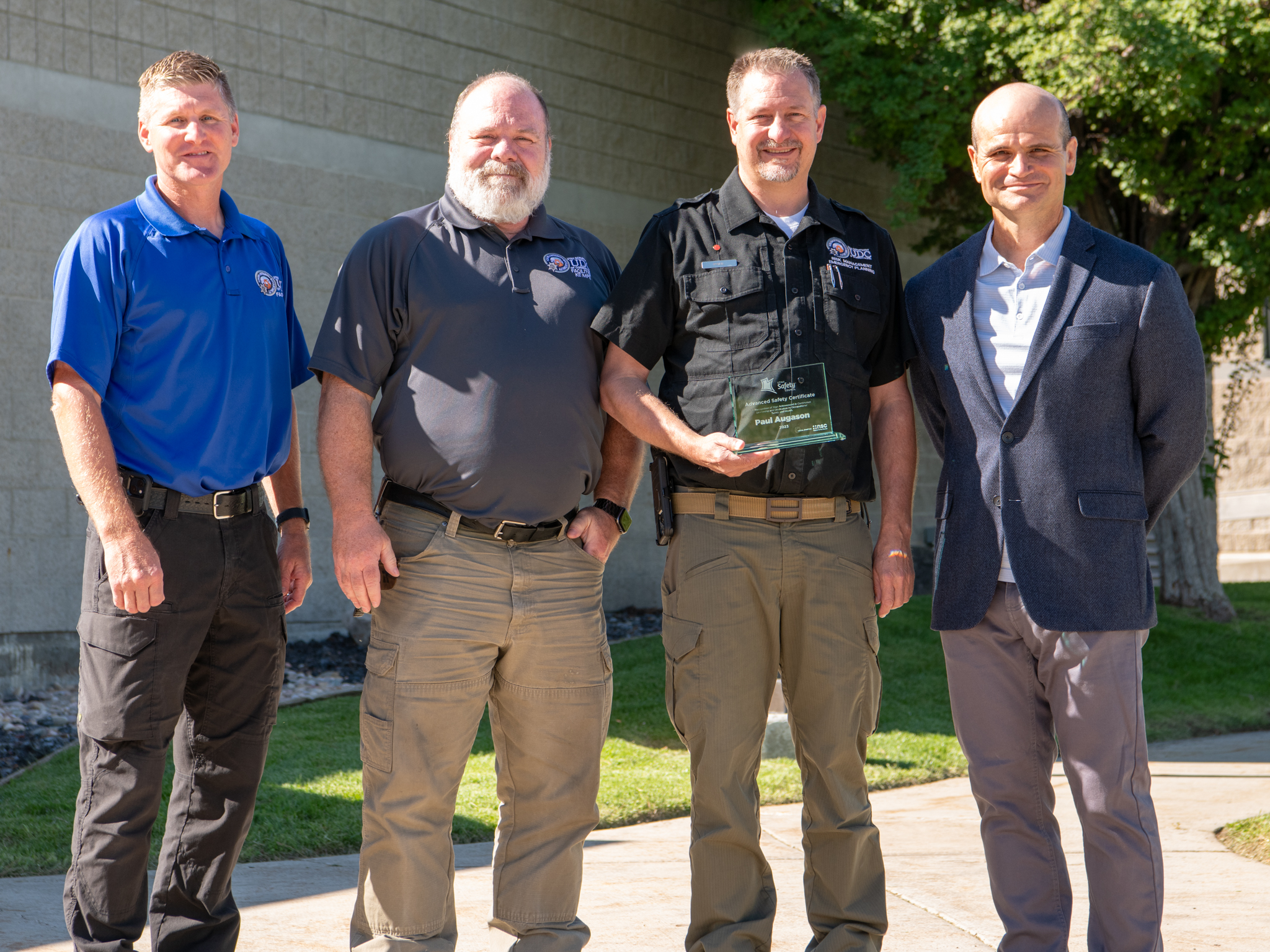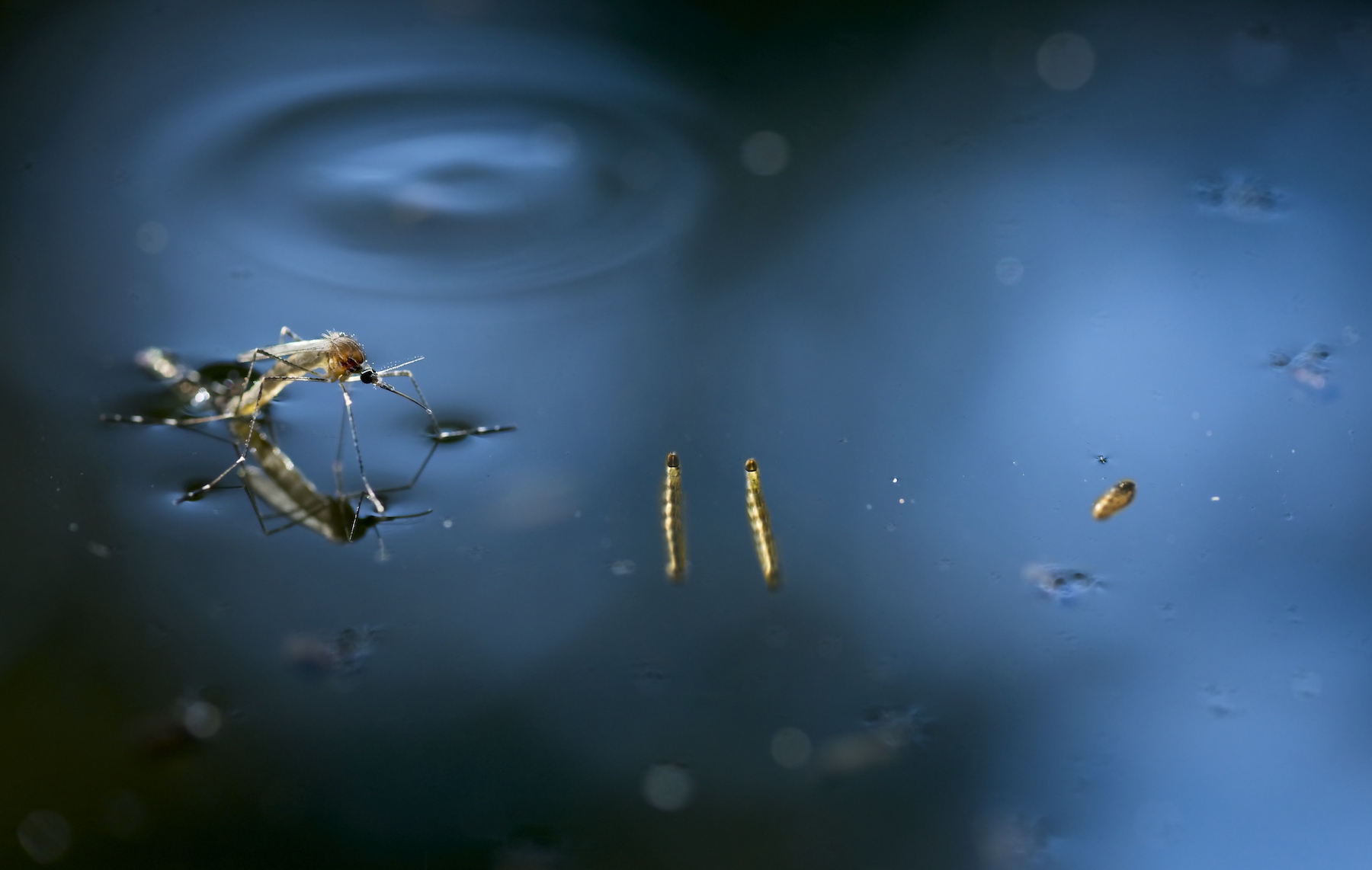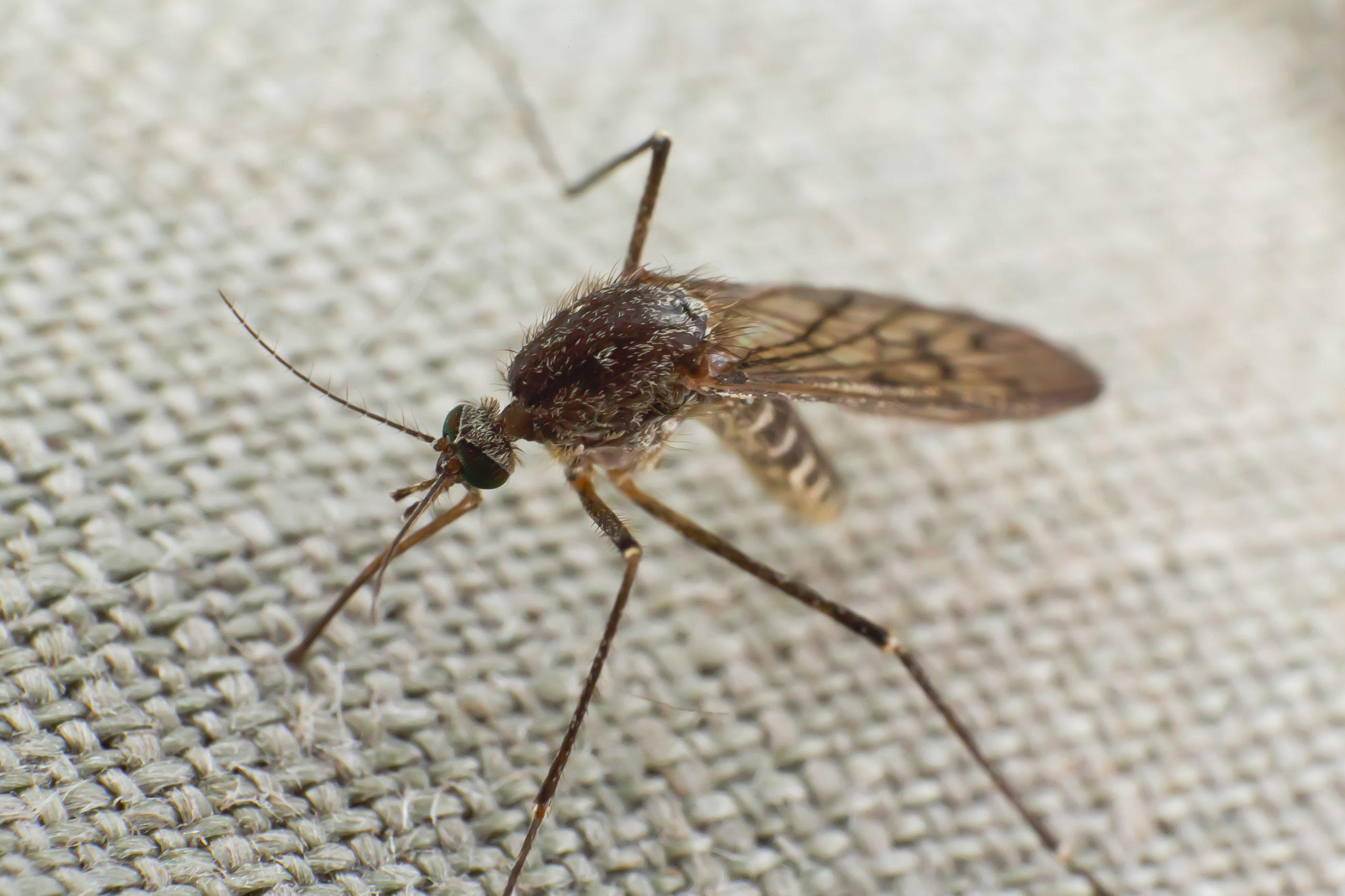
Karen Tapahe
Public Information Officer
[email protected]
1.801.560.7608
Welcome to the Utah Department of Corrections press shop. Here you can stay up-to-date on press releases, blog posts and more communication coming directly from our office.

August 21, 2023
Utah Department’s Paul Augason Achieves Elite Safety Specialist Certification
Paul Augason, the Risk Management/Emergency Planning Coordinator for the Utah Department of Corrections, has received the prestigious Safety Specialist Certification from the Utah Safety Council. The certification, which comes after the completion of a challenging series of courses, is some of the most advanced training available, said John Wojciechowski, President of the Utah Safety Council. “It means being able to do a good assessment

August 1, 2023
Memorial Services Held at USCF for K9 Officer Loki
Memorial services were held on July 27 and 28 at USCF to honor the life and passing of K-9 Officer Loki. Staff were invited to pay respects to the life and service of our beloved K-9 partner. Loki, born February 2, 2015, was a Belgian Malinois. After being procured by the UDC in 2017, K-9 Officer Loki served admirably for

July 18, 2023
Happy Pretrial, Probation, and Parole Supervision Week!
As National Pretrial, Probation, and Parole Supervision Week approaches, the Utah Department of Corrections (UDC) gears up to host a series of events designed to highlight the crucial work of our dedicated Adult Probation and Parole (AP&P) agents. From July 17th to the 21st, legislators and local media will have the opportunity to witness firsthand the reentry and supervision processes

July 18, 2023
Lotion-based mosquito repellent now available at USCF
As the mosquito season hits full power, the Utah Department of Corrections is taking additional steps to help staff and incarcerated individuals avoid the annoying insects at the Utah State Correctional Facility. UDC is rolling out a lotion-based repellent that will be available at no cost to staff and incarcerated offenders at USCF. The product being used was recommended by

July 7, 2023
Lt. Governor Deidre Henderson visits USCF
The Utah Department of Corrections hosted Lt. Gov. Deidre Henderson at the Utah State Correctional Facility on Thursday, June 29. Her visit provided valuable insights into our operations and a chance to showcase our commitment to public safety and rehabilitation. We were grateful that Lt. Gov. Henderson joined us for this visit. It underscores the importance of collaboration and partnership

July 7, 2023
PSA Class 335 Ready to Serve
The Utah Department of Corrections Training Academy continues to prepare new officers and deputies for careers in corrections. The latest to join the ranks include 46 cadets who graduated recently from Pre Service Academy 335. Those earning awards in the class include Joshua Ludlow (Physical Fitness), Michael Burnett (Professionalism), and Kody Woffinden (Academic). Joshua Ludlow was also named Outstanding Trainee achieving the

May 10, 2023
Governor Cox Declares Utah Corrections Week in the state of Utah
Governor Spencer J. Cox, in recognition of the outstanding dedication and service exhibited by correctional officers, adult probation and parole agents, and other correctional professionals, has declared May 7-13, 2023, as “Utah Corrections Week” throughout the state. The proclamation highlights the critical role played by correctional professionals in maintaining safe correctional facilities, ensuring public safety through offender supervision in the

April 26, 2023
UDC provides update on mosquito abatement efforts at USCF
Mosquitoes have been a concern for the Utah State Correctional Facility (USCF) in Salt Lake since July 2022, when the facility began housing incarcerated individuals. While mosquitoes and other biting insects are always a nuisance in remote wetland areas, such as the site that USCF occupies, the influx of incarcerated individuals, UDC staff, and the facility’s infrastructure have all acted

April 19, 2023
UDC K-9 Unit Updates
We are excited to share recent updates about the UDC’s K-9 Unit! We have selected two new additions to the K-9 Unit. K-9 Kylo – a German Shepherd, and K-9 Roman – a Belgian Malinois. As they prepare to serve the department, they and their handler partners will attend POST certification courses for narcotics detectors and police patrol dogs. Additionally,

April 14, 2023
Dr. Kim Michelson receives Distinguished Service Award
Dr. Kim Michelson, former State Dental Director and current clinical dentist for the Utah Department of Corrections, has recently been recognized by the Utah Dental Association with a Distinguished Service Award! Dr. Michelson served with the Utah Department of Health from 2009 to March 2022, striving to improve dental care for all of Utah, especially for the underserved. 12 of